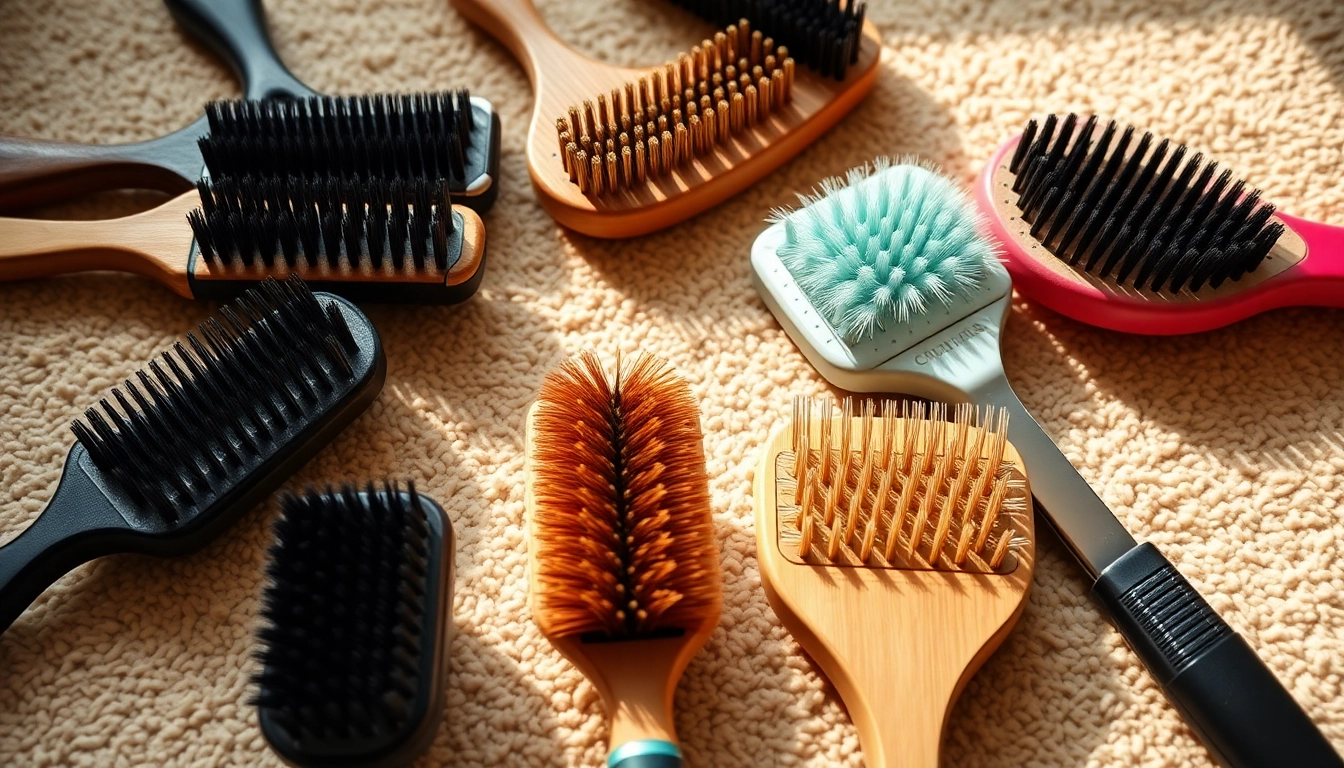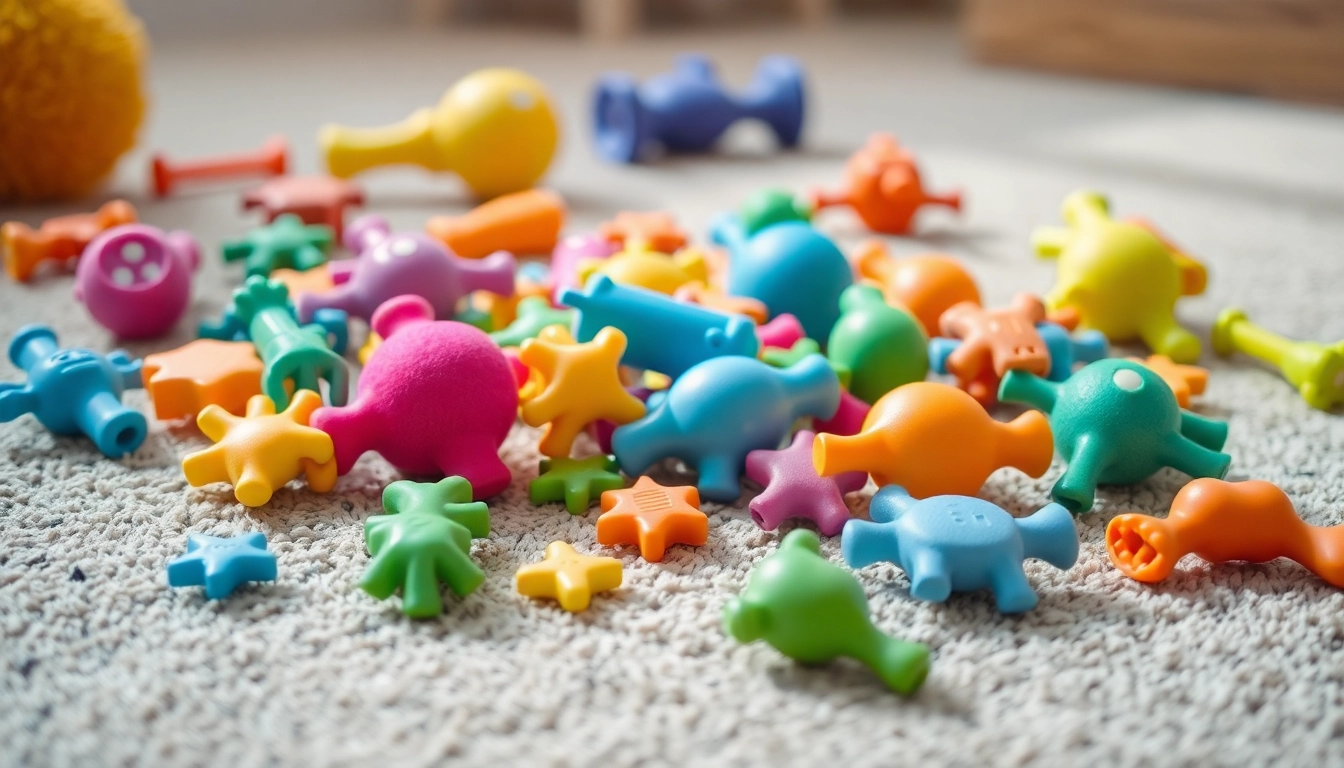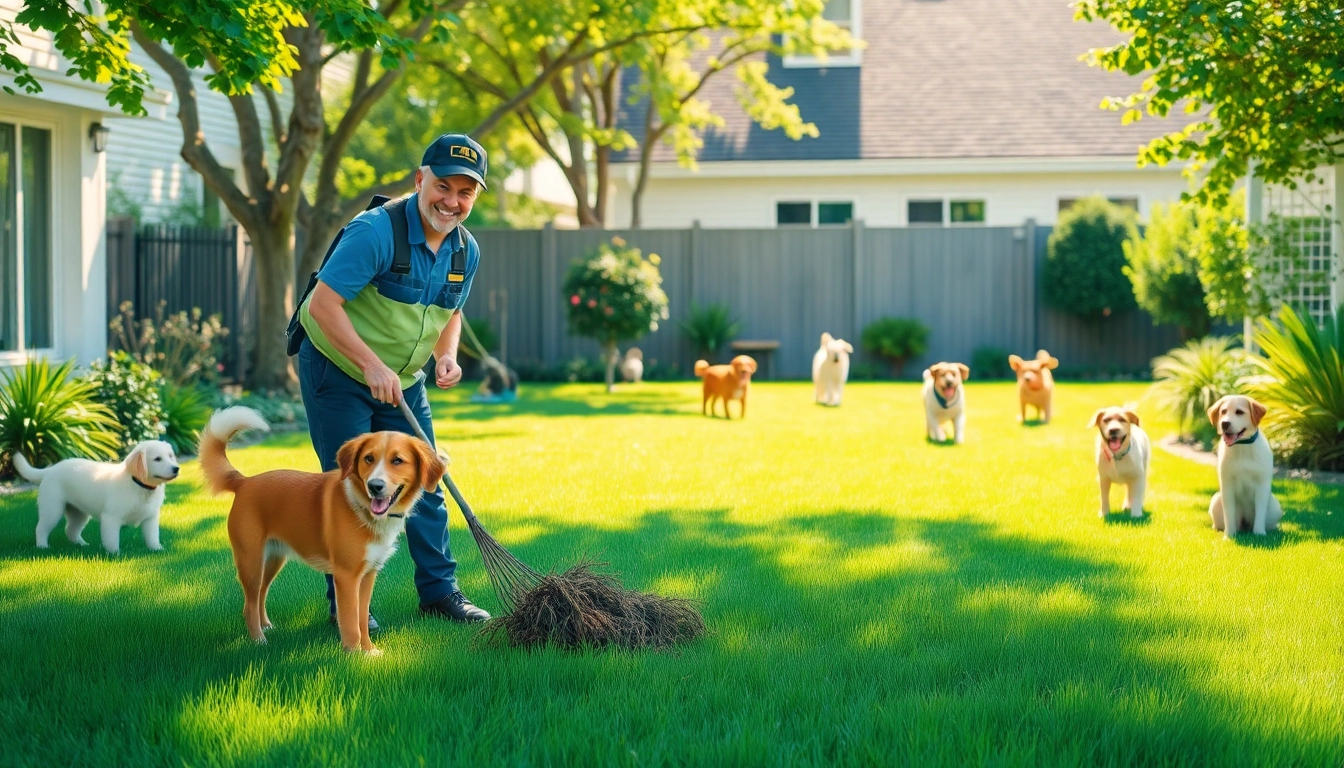Understanding Dog Grooming Brushes
Grooming is an essential aspect of pet care that significantly influences the health and happiness of our furry companions. Among the plethora of tools available for dog grooming, dog grooming brushes play a pivotal role. These tools help maintain a dog’s coat, prevent matting, and reduce shedding in our homes. In this comprehensive article, we will delve deeply into the world of dog grooming brushes, discussing their importance, types, features, usage techniques, maintenance, and where to purchase the best ones for your needs.
The Importance of Regular Grooming
Regular grooming is not just about aesthetics; it is a vital aspect of canine health. Grooming serves various purposes:
- Health Monitoring: Through grooming, pet owners can identify skin issues, lumps, or parasites early. This proactive approach aids in timely veterinary treatment.
- Coat Maintenance: Dogs with long or thick coats are particularly susceptible to tangles and mats, which can lead to skin irritation and infection if not addressed.
- Bonding Time: Grooming provides an excellent opportunity for bonding with your pet. It increases trust and comfort in your relationship.
- Hygiene: Regular brushing removes dead hair, dirt, and debris, resulting in a cleaner living environment and reducing allergens.
Types of Dog Grooming Brushes Explained
Selecting the right type of grooming brush is essential according to your dog’s coat type and grooming needs. Some common types of dog grooming brushes include:
- Slicker Brushes: Great for all coat types, these brushes effectively remove loose hair and mats.
- Pin Brushes: Best for long-haired dogs, they help detangle and smooth the coat without pulling too hard on the skin.
- Bristle Brushes: Ideal for short-haired breeds, these brushes distribute natural oils and enhance coat shine.
- Rubber Brushes: Useful for bathing and massaging pets, these can help remove dead hair while providing a soothing effect.
- De-shedding Tools: Designed specifically for shedding, these tools help remove loose undercoat fur, minimizing shedding in your home.
Choosing the Right Brush for Your Dog
When selecting a grooming brush, consider your dog’s breed, coat type, and any specific grooming issues. For instance:
- For breeds like the Golden Retriever with thick undercoats, a combination of a slicker brush and a de-shedding tool will be effective.
- Short-haired breeds like Beagles can thrive with bristle brushes that promote shine without causing irritation.
- For pets that hate being brushed, a rubber brush might provide a gentler alternative.
Understanding your dog’s specific grooming needs will enable you to choose the best tools, ensuring a smooth and effective grooming routine.
Top Features of Quality Dog Grooming Brushes
The effectiveness of a dog grooming brush depends greatly on its design and construction. Quality brushes will feature specific attributes that enhance performance:
Materials and Durability
High-quality grooming brushes are typically constructed from durable materials that withstand regular use. Look for brushes made of:
- Stainless Steel: Commonly used for blades and pins, it is durable and resistant to rust.
- High-Grade Plastic: The body of brushes should be made of tough plastic that can endure wear and tear.
- Comfort Grip Handles: Ergonomically designed grips reduce fatigue during long grooming sessions.
Design and Ergonomics
The design of the brush greatly affects its usability. Quality brushes typically feature:
- Curved Heads: Allowing for better contact with the dog’s body, these can easily navigate the contours of the dog.
- Flexible Bristles: These bristles reduce the risk of injury to the dog’s skin while still being effective at cleaning.
- Washable Components: Consider opting for brushes that can be easily washed and maintained to ensure hygiene.
Features for Specific Coat Types
Quality brushes often come with additional features tailored to specific coat types:
- Interchangeable Heads: Some grooming tools have heads designed specifically for different tasks, such as de-shedding or styling.
- Safety Features: Combs with rounded tips can help prevent injuries while grooming sensitive areas, especially around the face and ears.
- Self-Cleaning Mechanisms: Some brushes have a button that retracts the bristles, allowing for easy fur removal.
Using Dog Grooming Brushes Effectively
Effectively using dog grooming brushes requires knowledge of techniques specific to different breeds and coat types. Here are a few tips:
Brush Techniques for Different Breeds
Each dog breed has unique grooming requirements, hence different brush techniques should be employed:
- Long-Haired Breeds: For breeds like the Afghan Hound, start brushing from the base of the coat and work towards the tips to avoid breaking the hair.
- Curly-Coated Breeds: For breeds like Poodles, use a slicker brush to break up mats gently, being careful not to irritate the skin.
- Short-Haired Breeds: For breeds like Boxers, use a rubber brush in circular motions to effectively remove loose hair and promote natural oil distribution.
Creating a Positive Grooming Experience
To make grooming a pleasurable experience for your dog, implement these strategies:
- Start Slowly: Especially for puppies or rescue dogs; gradually introduce them to the grooming process.
- Positive Reinforcement: Use treats and praise during grooming sessions to make the experience enjoyable.
- Short Sessions: Start with short sessions, gradually increasing the duration to keep your dog comfortable and engaged.
Common Mistakes to Avoid
While grooming, many owners unknowingly make mistakes that can cause discomfort or stress to their pets:
- Not Brushing Enough: Infrequent brushing can lead to matting and skin issues.
- Using the Wrong Brush: Employing the wrong type of brush can cause pain or ineffective grooming.
- Being Too Rough: Gentle strokes are crucial; being too forceful can injure the dog’s skin.
Maintaining Your Dog Grooming Brushes
Just like any other grooming tool, dog brushes require maintenance for longevity and effectiveness. Here are vital maintenance tips:
Cleaning and Sanitizing Your Brushes
Regular cleaning of grooming brushes is essential for maintaining hygiene and performance. Follow these steps:
- Daily Removal of Fur: After each use, remove all hair from the bristles using your hands or a comb.
- Washing: Clean the brush using warm water and mild soap every couple of weeks to eliminate dirt and bacteria. Ensure it dries completely before the next use.
- Inspecting for Damage: Regularly inspect brushes for broken bristles or worn handles. Damaged tools should be replaced to avoid harming your pet.
When to Replace Your Grooming Tools
Even the best grooming brushes will need to be replaced over time. Signs that it’s time for a new brush include:
- Worn out bristles that no longer effectively remove loose hair.
- Cracks or breaks in the handle that can affect usability.
- Discoloration or surface damage that can harbor bacteria.
Storage Tips for Longevity
Proper storage can extend the life of your grooming tools:
- Keep in a Dry Place: Wet or damp conditions can lead to mold and mildew.
- Use a Contained Space: Store brushes in a grooming box or organizer to protect them from damage and contamination.
- Do Not Store with Other Tools: Avoid storing brushes with sharp tools or items that can affect their integrity.
Where to Buy the Best Dog Grooming Brushes
Finding the right place to purchase dog grooming brushes can be daunting. Here are key considerations for making your decision:
Online Retailers vs. Local Pet Stores
The choice between online shopping and local pet stores depends on convenience and product selection:
- Online Retailers: Websites like Amazon or specialized pet retailers offer vast selections, with the advantage of customer reviews and often lower prices.
- Local Pet Stores: Visiting a store can provide the benefit of hands-on selection, allowing you to feel the brush quality and ask staff for recommendations.
Reading Reviews for Informed Choices
Customer reviews can provide valuable insight into product performance:
- Look for brushes that have numerous positive reviews and feedback concerning their effectiveness for specific coat types.
- Pay attention to comments regarding durability and comfort to ensure you select a tool that suits your needs.
Price Ranges and Budgeting
Dog grooming brushes come in a wide range of prices, allowing for flexibility in budgeting:
- Budget Options: Entry-level brushes may range from $5 to $15, sufficient for light grooming.
- Mid-Range Brushes: Quality brushes typically cost between $15 and $30, offering better durability and efficiency.
- Premium Grooming Tools: High-end brushes can exceed $30, providing specialized features and superior materials for professional-grade grooming.
In conclusion, maintaining your dog’s coat through regular grooming is vital for both its health and your home’s cleanliness. By investing in the right dog grooming brushes and understanding their effective use, you’re setting yourself and your furry friend up for success. Always remember to prioritize comfort and effectiveness, ensuring that every grooming session is a positive experience. With the right tools and techniques at your disposal, grooming can become an enjoyable routine that strengthens the bond between you and your pet.



